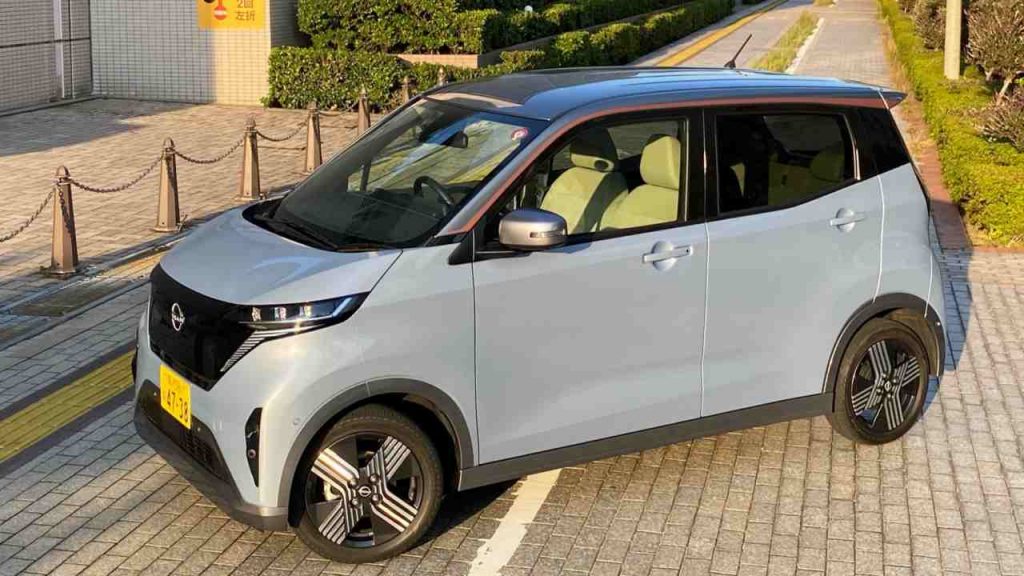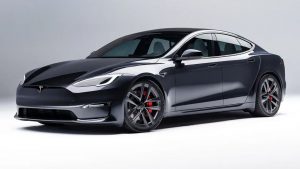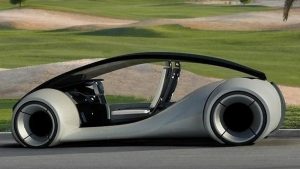Nissan Sakura EV: Compact Urban Mobility Revolution

NIssan Sakura EV (greencarreports.com)
Unveiling the Practicality and Popularity of Nissan’s Small Wonder in Electric Urban Commuting
In the global landscape where major cities grapple with limited space and insufficient high-power fast-charging infrastructure, Nissan’s compact electric vehicle, the Sakura EV, emerges as a potential game-changer for urban mobility. This four-passenger vehicle, designed for cities like Seoul, London, and Amsterdam, aligns with the trend of on-street Level 2 chargers located near residential areas and supplemented by key hub fast-chargers.
The distinctive feature setting the Sakura apart is its 20-kWh liquid-cooled lithium-ion battery. With a 40-minute fast-charging time to reach 80% capacity and a 3.5-kW onboard charger, achieving a full charge in under five hours on 240 volts is feasible. Even a standard 15-amp, 120-volt American garage socket could provide a practical overnight charging solution, delivering a commendable 112-mile range in the WLTP cycle.
The success of the Sakura in Japan is attributed to its home-charging convenience, eliminating the need for high-powered chargers. Pierre Loing, Nissan’s VP for product strategy and planning, emphasized the vehicle’s popularity, emphasizing the minimal charging infrastructure required for home charging.
In terms of design, the Sakura draws on Nissan’s EV expertise, combining elements from the Nissan Leaf and Ariya models. It adheres to the Japanese kei-car regulations, prioritizing passenger space within a compact footprint. The Sakura’s affordability is notable, with a starting price of approximately $15,000, making it an attractive option for budget-conscious consumers.
Measuring just 133.7 inches in length, the Sakura features van-like proportions within a small footprint, emphasizing height while maintaining narrow width. The front-wheel-drive vehicle boasts a 63-hp, 144 lb-ft torque electric motor, utilizing a front-strut, rear three-link layout.
Inside, the Sakura surprises with its ability to comfortably accommodate four adults, showcasing the efficiency of kei-car design. Despite its compact size, the vehicle’s supportive seats, heated features, and an optional ProPilot assisted-driving system provide a comfortable and feature-rich driving experience.
From a driving perspective, the Sakura’s rack-and-pinion steering system contributes to a precise and assured feel, counteracting initial perceptions of its height. The vehicle exhibits traits reminiscent of the first-generation Nissan Leaf, offering control through a long accelerator-pedal travel and effective brake blending.
While the Sakura finds success in Japan, the article raises a crucial question for American consumers: can they overcome size preconceptions and embrace smaller, more practical EV solutions for daily urban commuting? As the trend in the U.S. leans towards larger electric pickups and SUVs, exploring compact options like the Sakura could offer a more convenient and efficient solution for daily urban travel.





